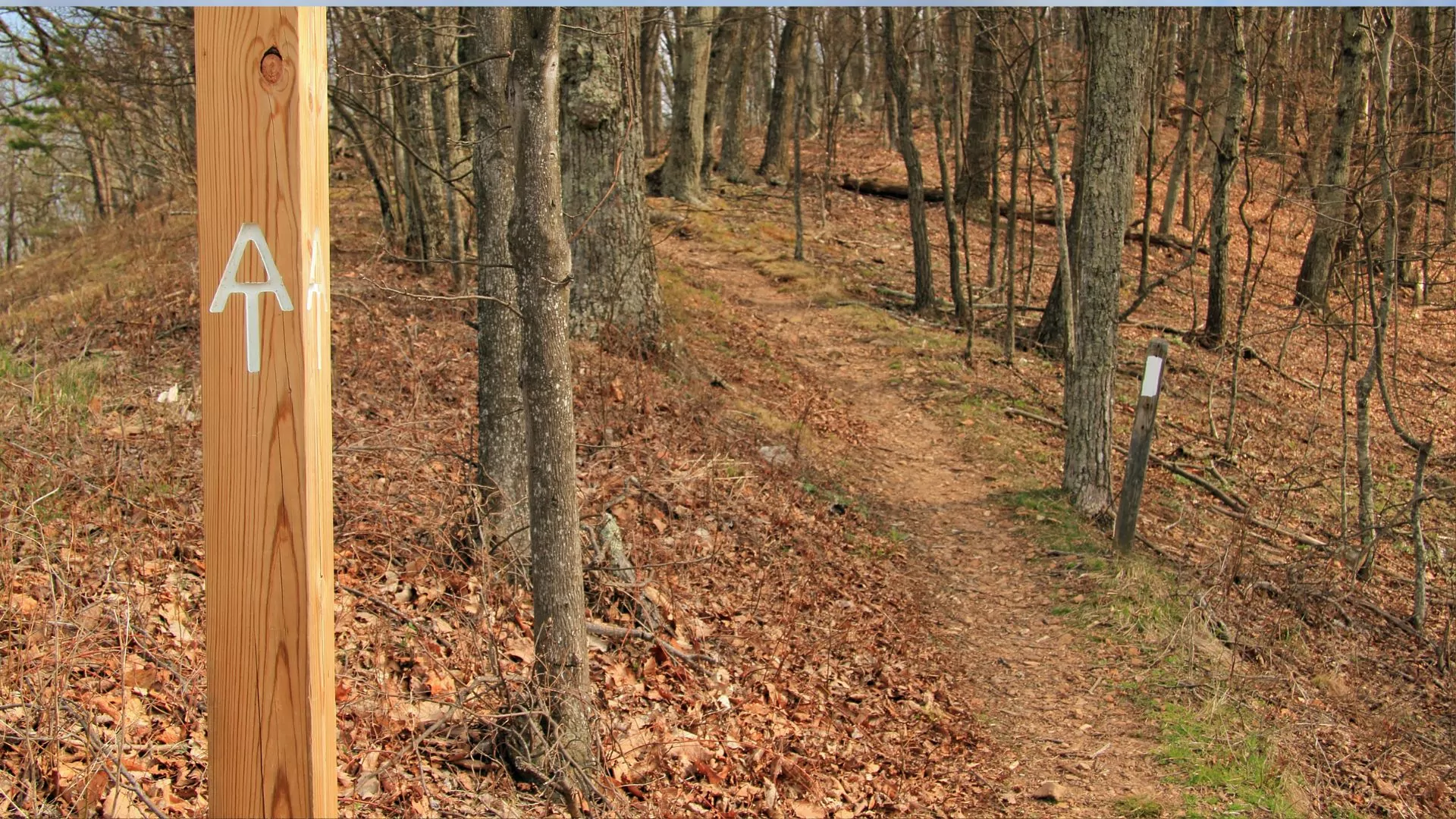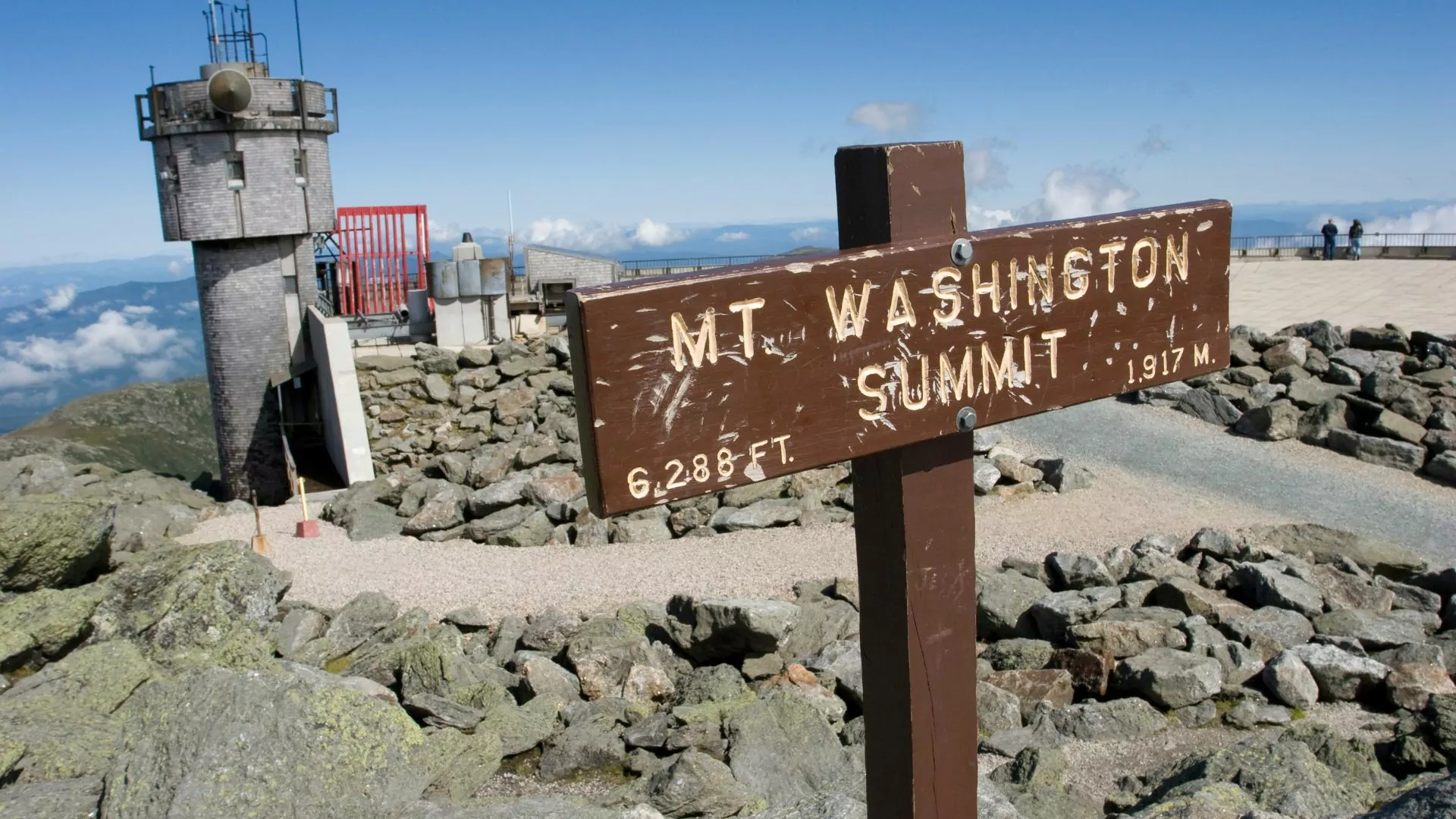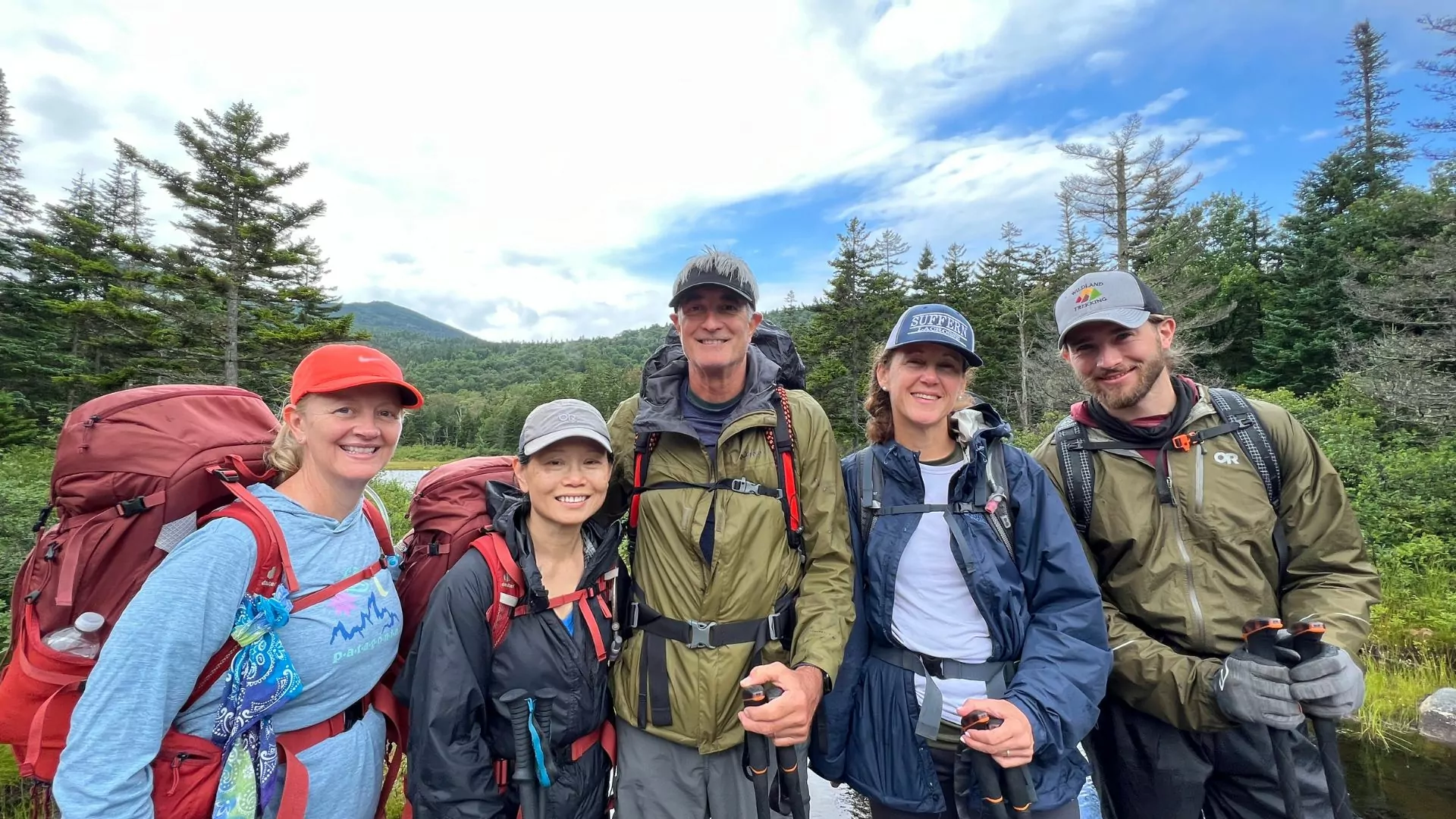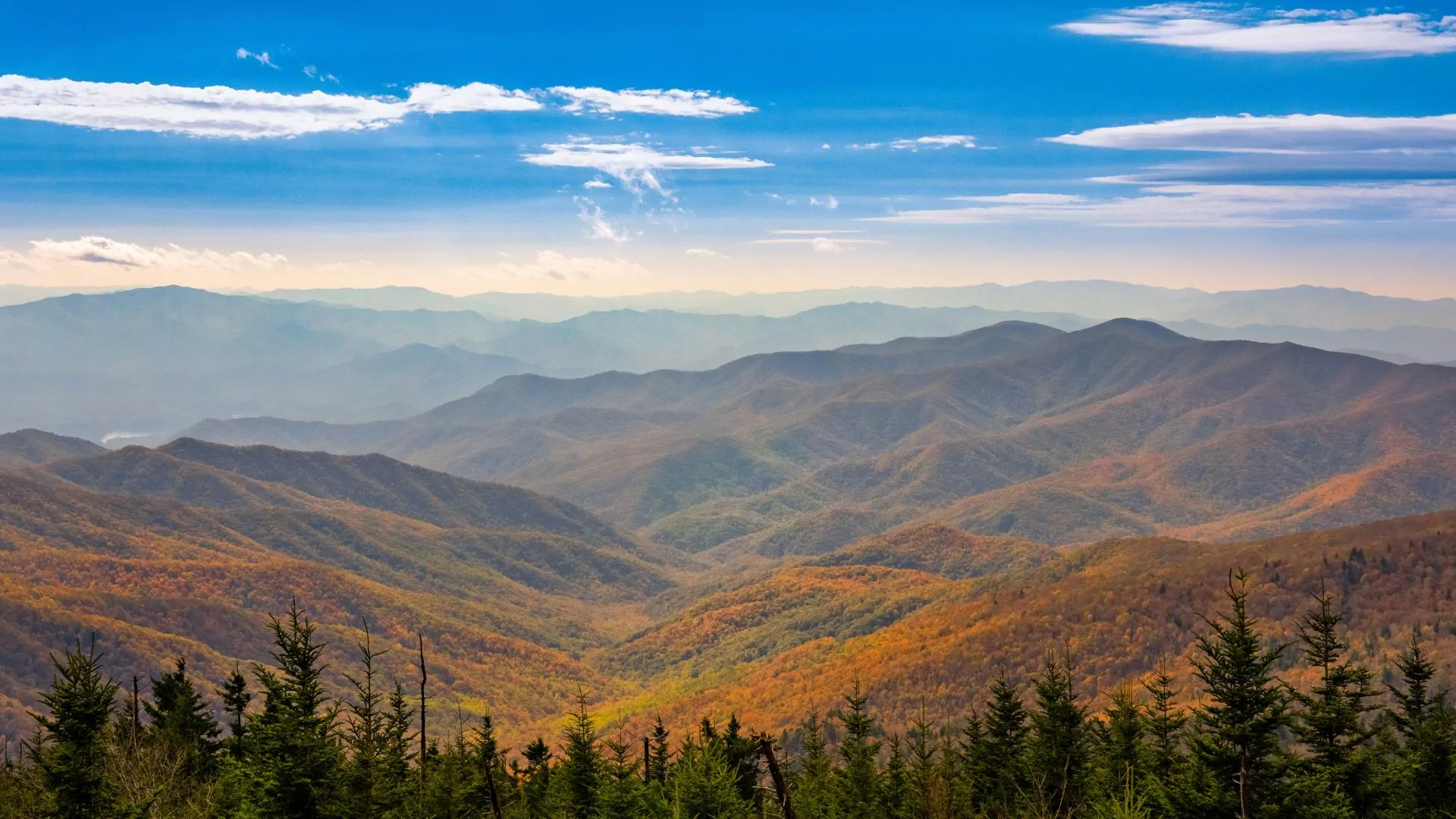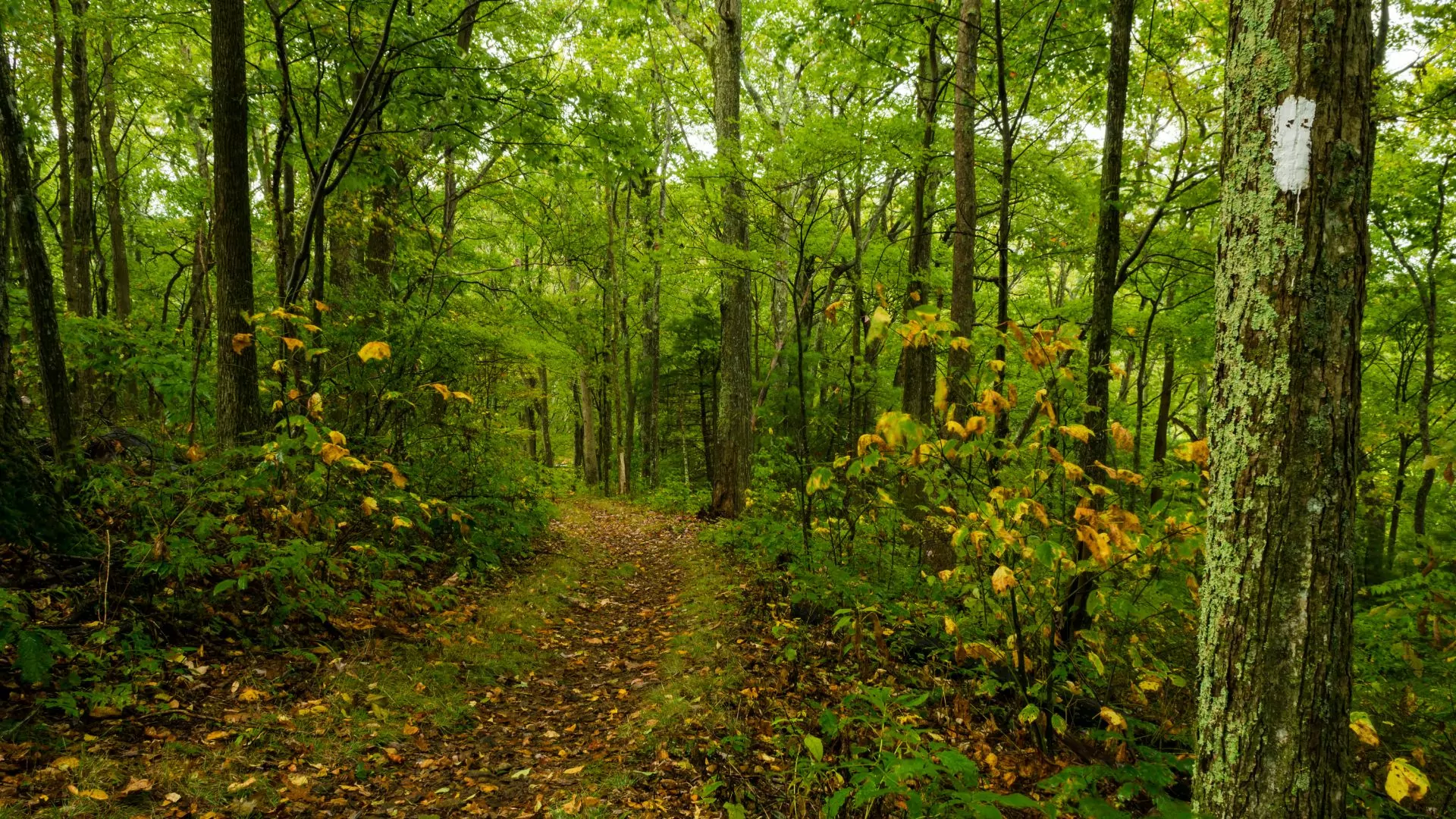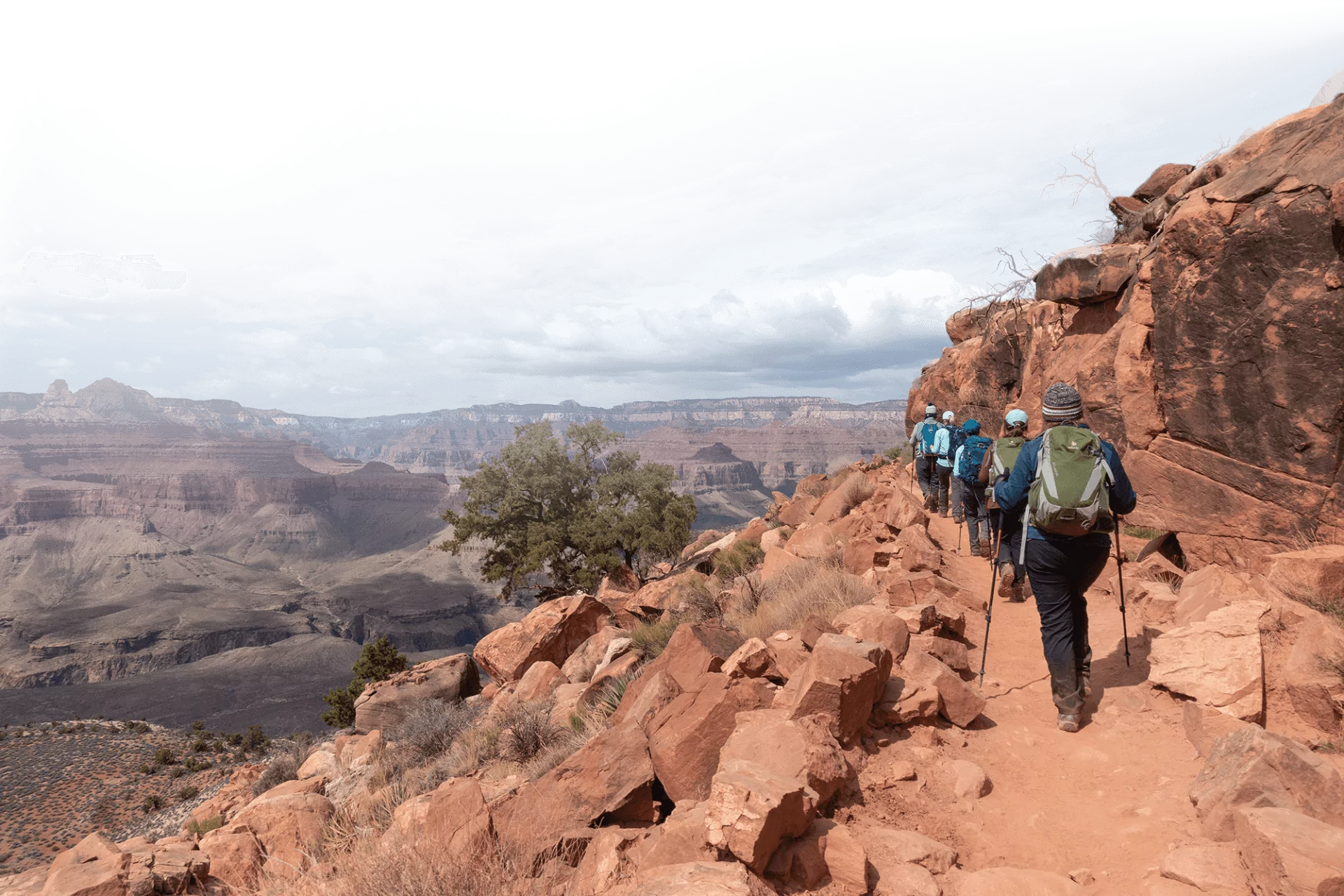Section Hiking the Appalachian Trail
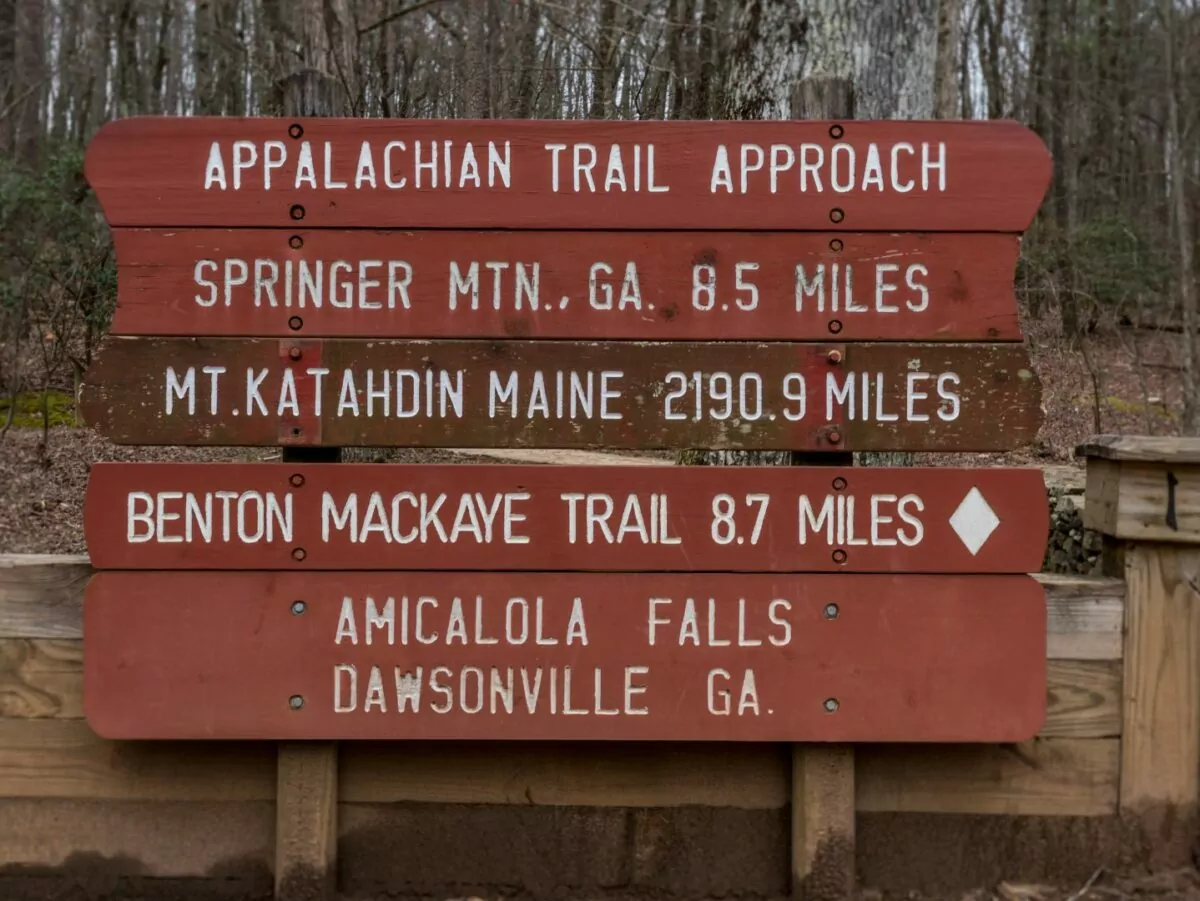
The Appalachian Trail (AT) is one of the most iconic and well-loved long-distance hiking trails in the world. Stretching approximately 2,190 miles from Springer Mountain in Georgia to Mount Katahdin in Maine, this rugged path weaves through 14 states and offers hikers a chance to experience the diverse beauty of the Eastern United States.
From dense, mist-shrouded forests to panoramic mountain views, the AT challenges hikers with its diverse terrain, unpredictable weather, and often strenuous climbs. For many, it represents a journey of personal transformation, where physical endurance and mental resilience are tested every step of the way. Whether you’re section hiking the Appalachian Trail, thru-hiking it in one go, or simply out for a day hike, the AT offers an unparalleled opportunity to connect with nature and push your limits.
History
The Appalachian Trail (AT) was first conceived in 1921 by Benton MacKaye, a forester and planner, who envisioned a continuous hiking trail through the Appalachian Mountains to provide a retreat into nature and foster a deeper connection with the environment. MacKaye’s idea was initially outlined in an article titled “An Appalachian Trail: A Project in Regional Planning,” which emphasized the importance of recreation and preservation in the region.
In the 1920s and 1930s, Myron Avery, a passionate hiker and organizer, took on the task of turning MacKaye’s vision into reality. Avery played a central role in planning and coordinating the trail’s construction, and by 1937, the first continuous route of the Appalachian Trail was completed. However, the trail continued to evolve and was further finalized in the following decades, with some sections rerouted and adjusted. Section hiking the Appalachian Trail was the original vision, and it wasn’t until 1948 that Earl Shaffer became the first person to thru-hike the AT in a single season.
In the 1960s, the AT gained national recognition, especially after the passage of the National Trails System Act in 1968, which officially designated the trail as one of the country’s first National Scenic Trails. The 1970s saw the rise of thru-hiking, where hikers completed the entire 2,190-mile trail in one continuous journey, contributing to the trail’s growing popularity.
Today, the Appalachian Trail attracts thousands of hikers each year and remains one of the most iconic and challenging long-distance trails in the world. Managed by the Appalachian Trail Conservancy, the trail continues to be maintained and protected, ensuring that its natural beauty and historical significance are preserved for future generations.
Appalachian Trail Highlights
Iconic Peaks and Summits
- Mount Katahdin (Maine): The northern terminus of the AT, known for its dramatic granite peaks and challenging ascent, offering hikers a rewarding, breathtaking finish.
- Clingmans Dome (Tennessee/North Carolina): The highest point on the AT, standing at 6,643 feet, offering sweeping views of the Smoky Mountains.
- Mount Washington (New Hampshire): One of the most famous peaks, with unpredictable weather, and considered one of the jewels of the East.
Historic and Cultural Landmarks
- McAfee Knob (Virginia): One of the most photographed spots on the AT, offering a dramatic view of the Catawba Valley below, with a flat rock ledge that provides a perfect vantage point. This location is ideal for section hiking the Appalachian Trail.
- The Nantahala River Gorge (North Carolina): Known for its scenic beauty and wildlife, including whitewater rafting opportunities near the trail.
- The “Green Tunnel”: A section of the trail through dense forests, providing both a sense of serenity and a historic connection to the old Appalachian culture.
Wildlife and Flora
- The AT offers the opportunity to encounter a wide variety of wildlife, including black bears, white-tailed deer, coyotes, and numerous bird species such as bald eagles and wood thrushes.
- The trail is also home to rich biodiversity, with hikers passing through environments that range from dense temperate rainforests to alpine meadows, each featuring unique flora like wildflowers, ferns, and ancient trees.
Small Appalachian Towns
- The AT passes through or near several charming towns that are popular stopping points for hikers. These include Hot Springs in North Carolina, Damascus in Virginia (a hiker-friendly town known for the annual “Trail Days” festival), and Monson in Maine. Often when section hiking the Appalachian Trail, hikers will plan to visit these towns first.
The Sense of Community
- One of the highlights of the AT is the hiker community. Whether you are thru-hiking or section hiking the Appalachian Trail, the camaraderie and shared experiences create a unique bond among hikers. Trail shelters and campsites often become gathering spots where stories are exchanged, advice is shared, and lifelong friendships are formed.
Challenging Sections
- The White Mountains in New Hampshire and the Great Smoky Mountains in North Carolina/Tennessee offer some of the most challenging and rewarding sections, with steep ascents and unpredictable weather, testing the endurance and resilience of hikers.
- The Mahoosuc Notch in Maine, often dubbed the “most difficult mile on the AT,” is a fun and physically demanding section involving boulder scrambling.
Views and Sunrises/Sunsets
- The AT offers some of the most spectacular sunrises and sunsets, particularly in locations like The Priest and Tinker Cliffs in Virginia (one of the best places for section hiking the Appalachian Trail), Lemonade Springs in the Smokies, and the Baxter State Park in Maine.
Trail Magic
- Known for the phenomenon of “trail magic,” where kind strangers offer food, drinks, or support to hikers, these random acts of kindness add a sense of community and warmth to the trail experience.
The Trail’s History and Legacy
- The AT offers hikers a sense of connection to the early pioneers of long-distance hiking. From the history of its creation to the tradition of thru-hiking or section hiking the Appalachian Trail is a living testament to the spirit of exploration, conservation, and adventure.
Hiking Tours on the Appalachian Trail
Wildland Trekking offers a variety of guided trips along the Appalachian Trail, focusing primarily on the Great Smoky Mountains in North Carolina and Tennessee, and the White Mountains in New Hampshire. Here are some of their offerings to get you section hiking the Appalachian Trail:
Best of the Smokies and Asheville
A 5-day inn-based hiking tour in North Carolina, featuring hikes in the Smoky Mountains and Asheville area, with accommodations in comfortable inns.
Best of the Smokies Inn-Based Tour
Fall Colors in the Smokies Backpack
A 4-day guided backpacking trip in the Smoky Mountains during peak fall foliage, offering stunning autumn scenery.
Fall Colors in the Smokies Backpack
Presidential Peaks and the Appalachian Trail
A 4-day hut-to-hut trekking tour in New Hampshire’s White Mountains, including summits like Mount Washington and sections of the Appalachian Trail.
Presidential Peaks Hut to Hut Trek
Zealand Falls and the White Mountains
A 4-day hut-to-hut trek in the White Mountains, exploring high peaks and deep forests along the Appalachian Trail.
Lonesome Lake and the White Mountains
A 4-day hut-to-hut trek featuring remote mountain lakes, waterfalls, and views of Franconia Ridge in the White Mountains.
Charlies Bunion Private Hike
A full-day private hike in the Smoky Mountains to Charlies Bunion, offering spectacular views and unique geology along the Appalachian Trail.
These trips cater to various preferences, including backpacking, inn-based tours, hut-to-hut treks, and day hikes, allowing participants to experience the Appalachian Trail’s diverse landscapes and attractions.
The Appalachian Trail
The Appalachian Trail is more than just a path through the mountains; it is a journey that embodies the spirit of adventure, perseverance, and connection with nature. Whether you’re thru-hiking, section hiking the Appalachian Trail, or joining a guided trek with Wildland Trekking, the AT offers an unforgettable experience for all who set foot on it. From its rich history and diverse ecosystems to its challenging terrain and tight-knit hiking community, the trail continues to inspire and attract adventurers from around the globe. As both a natural wonder and a cultural landmark, the Appalachian Trail remains a timeless symbol of exploration and a testament to the beauty of the American wilderness.



